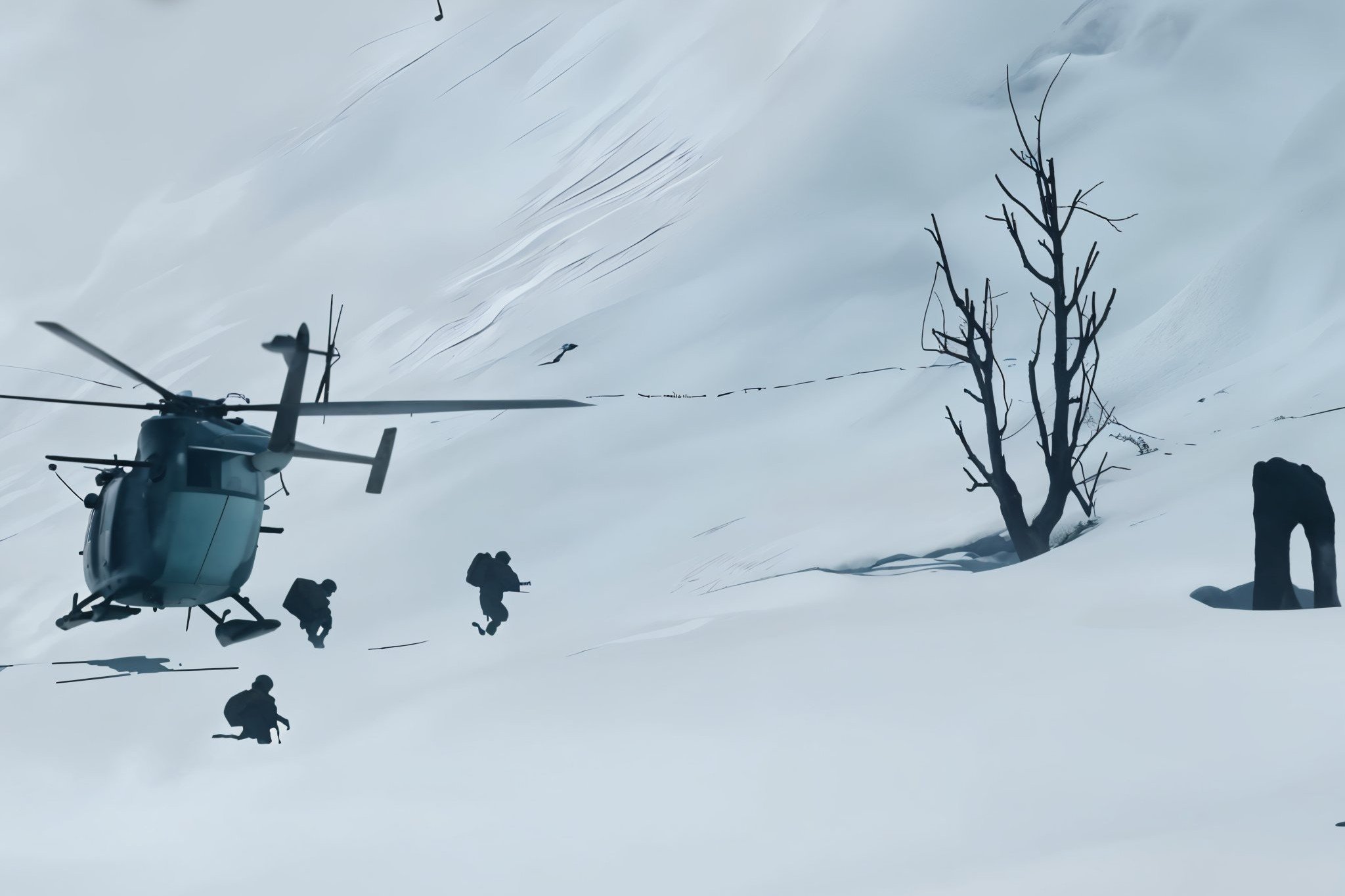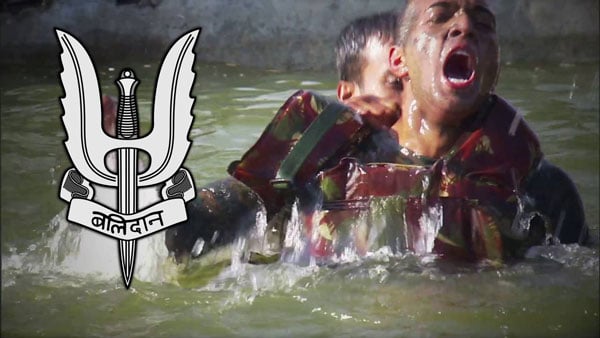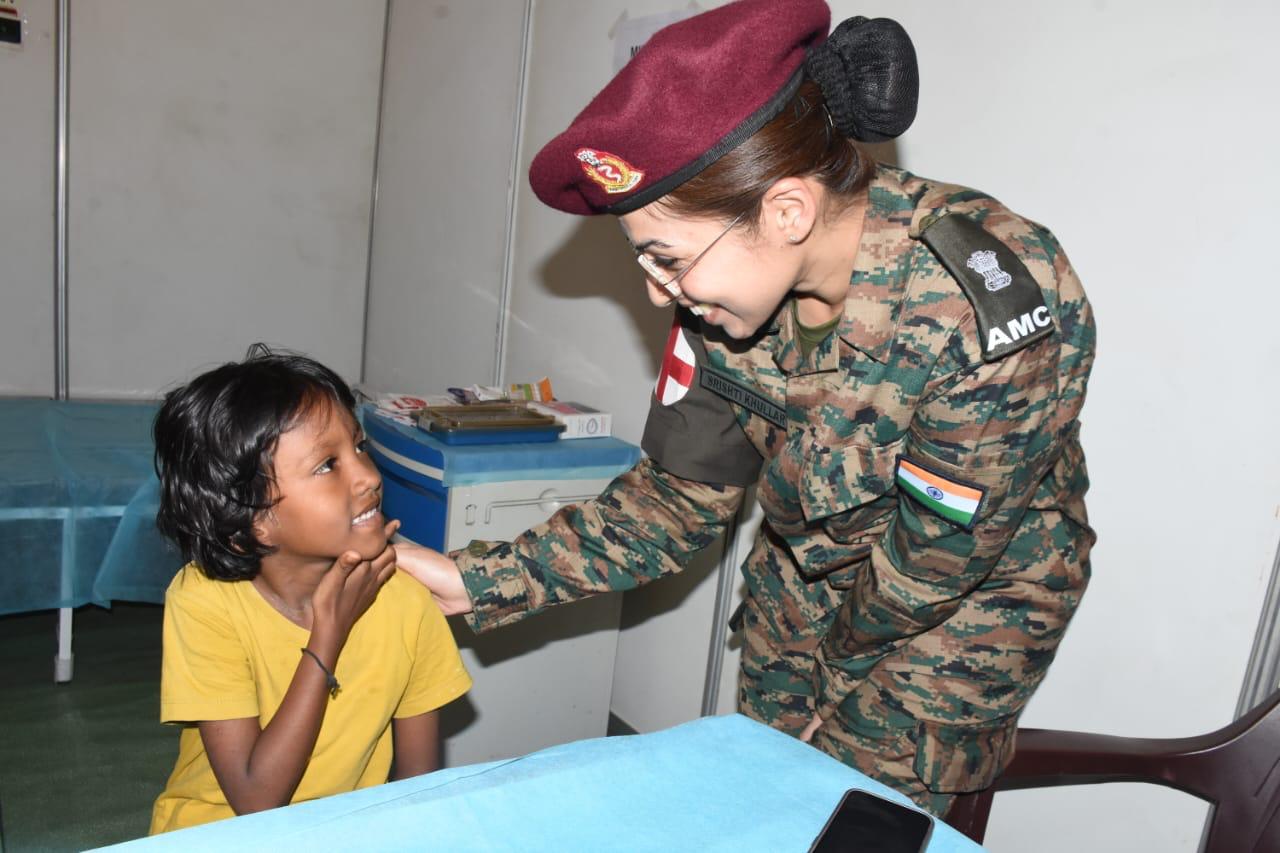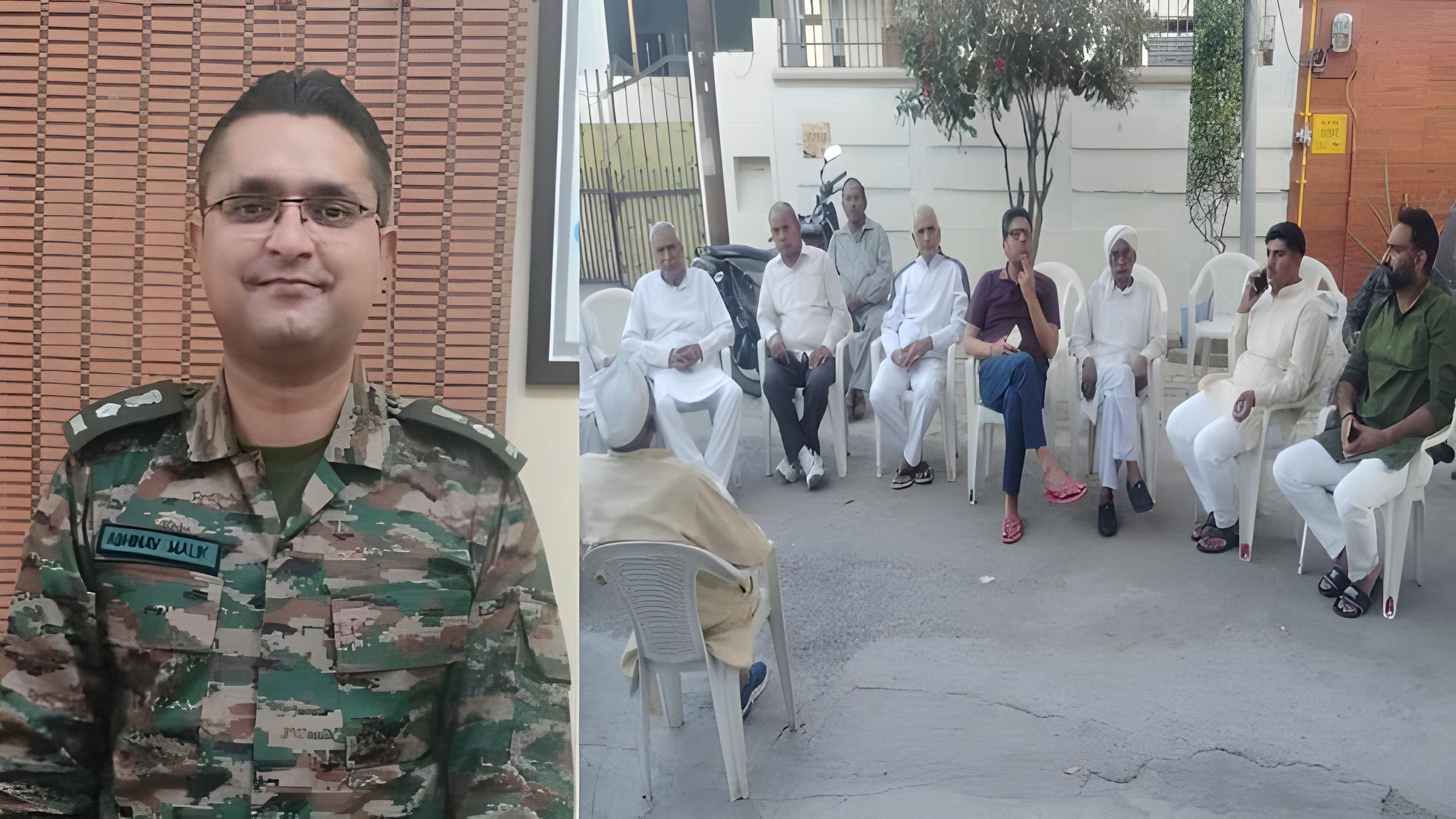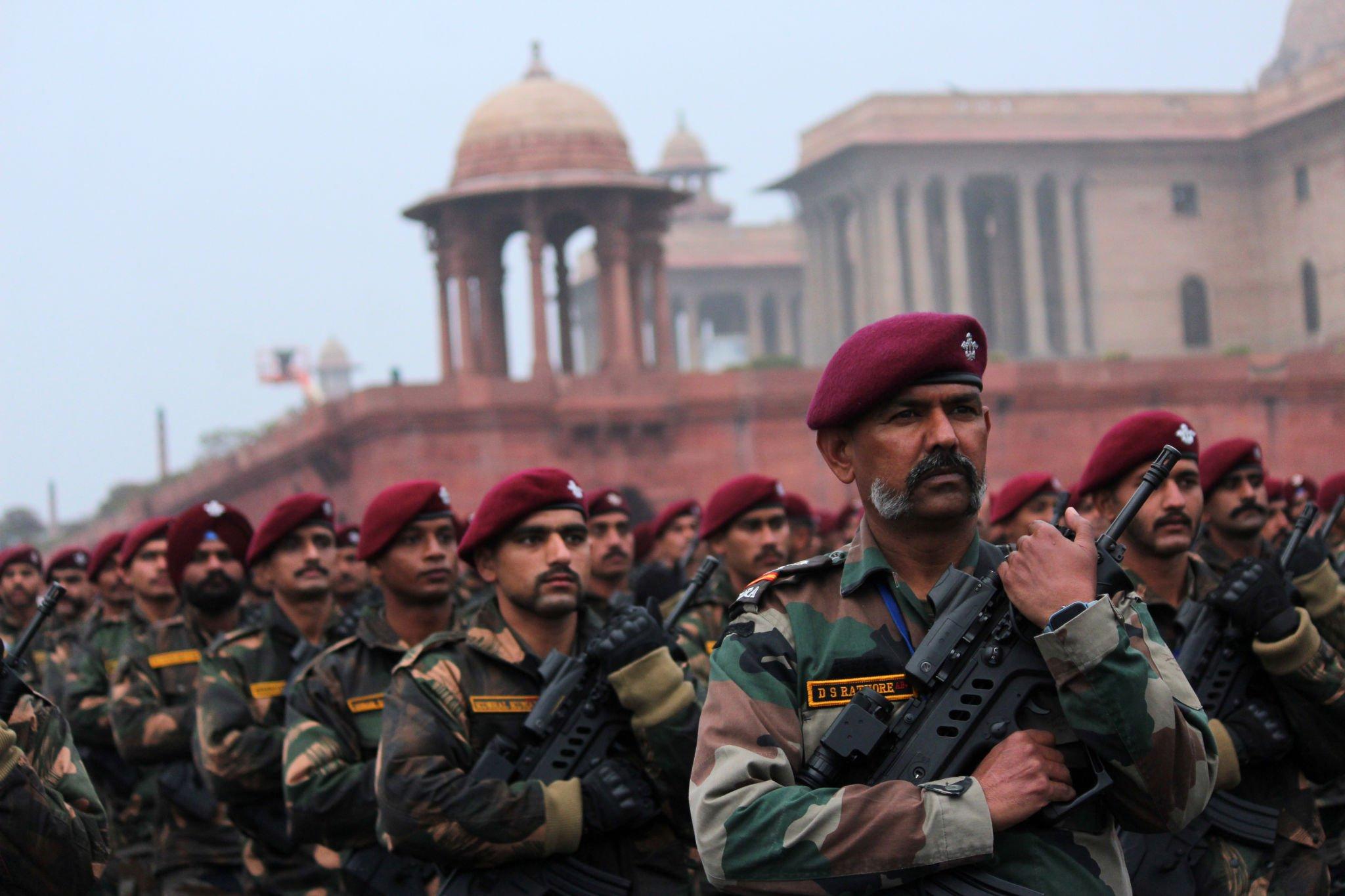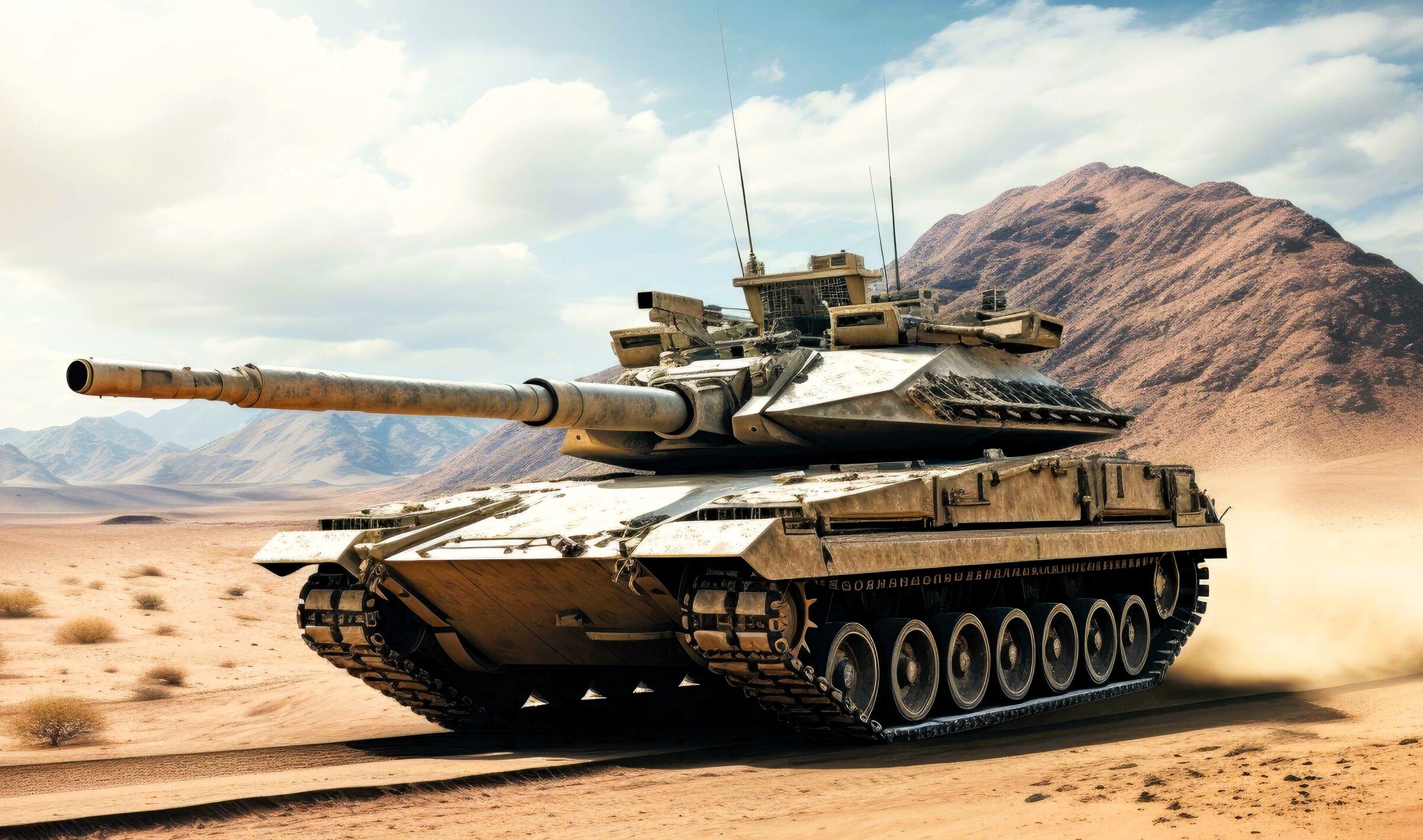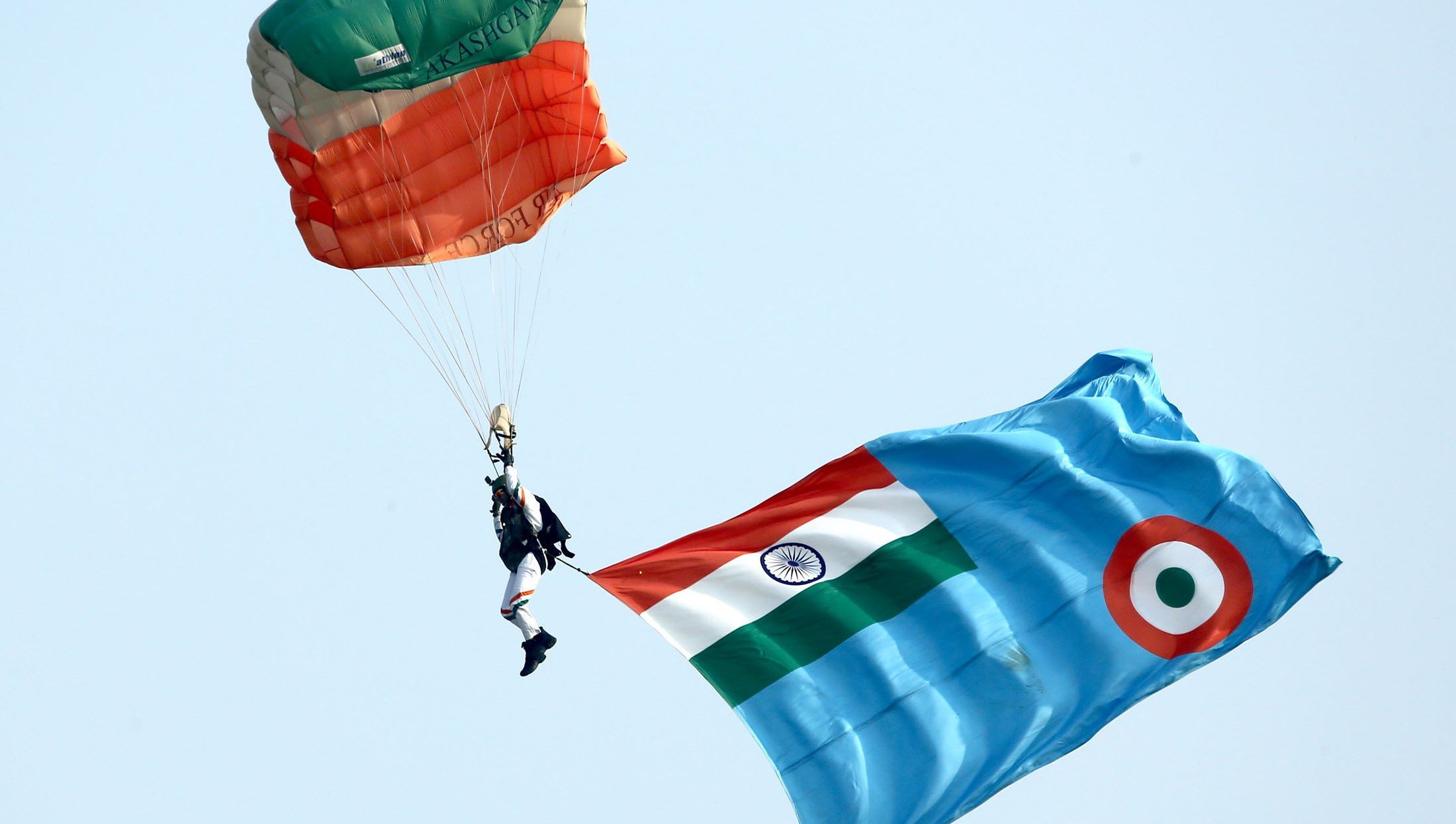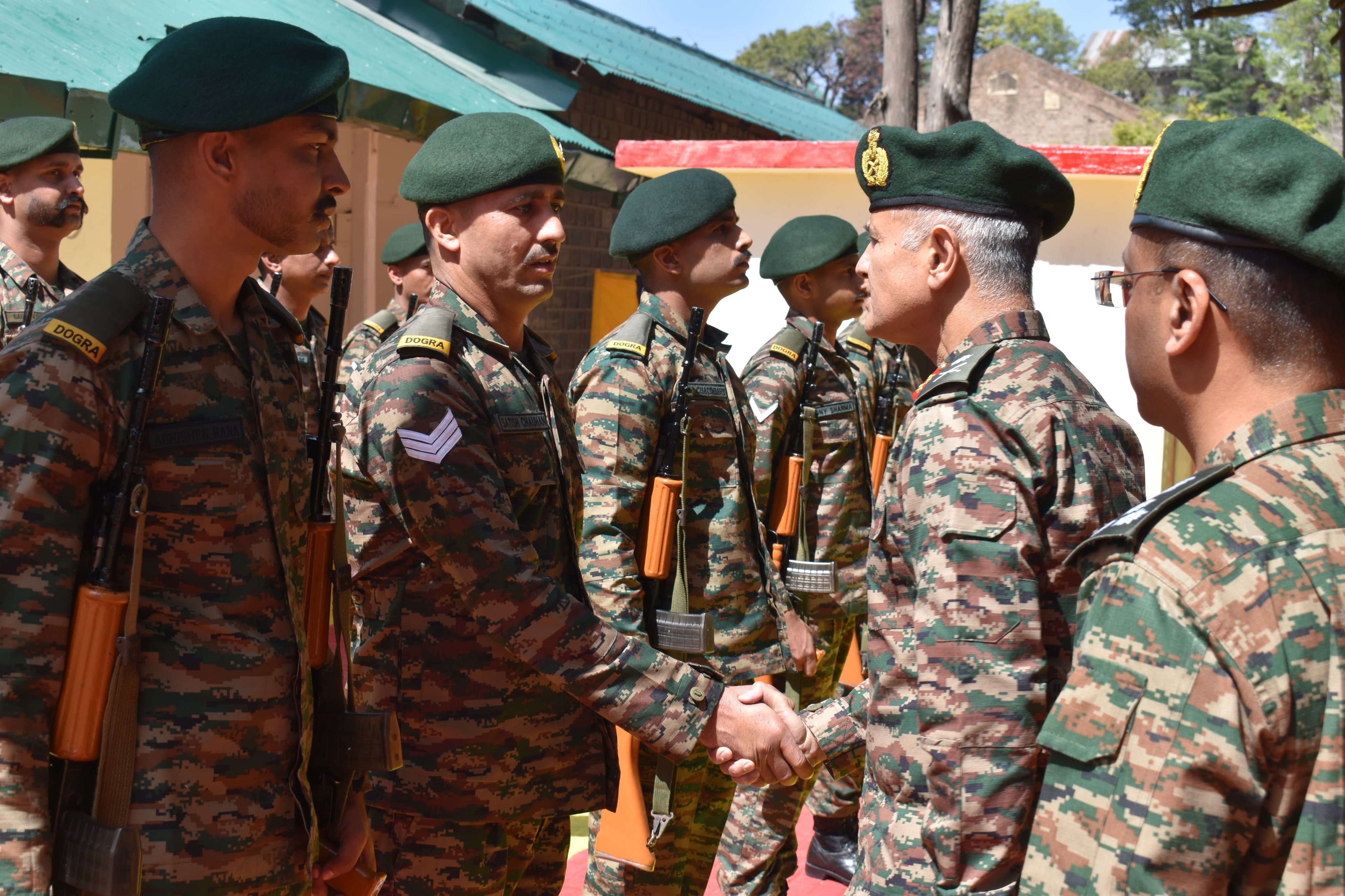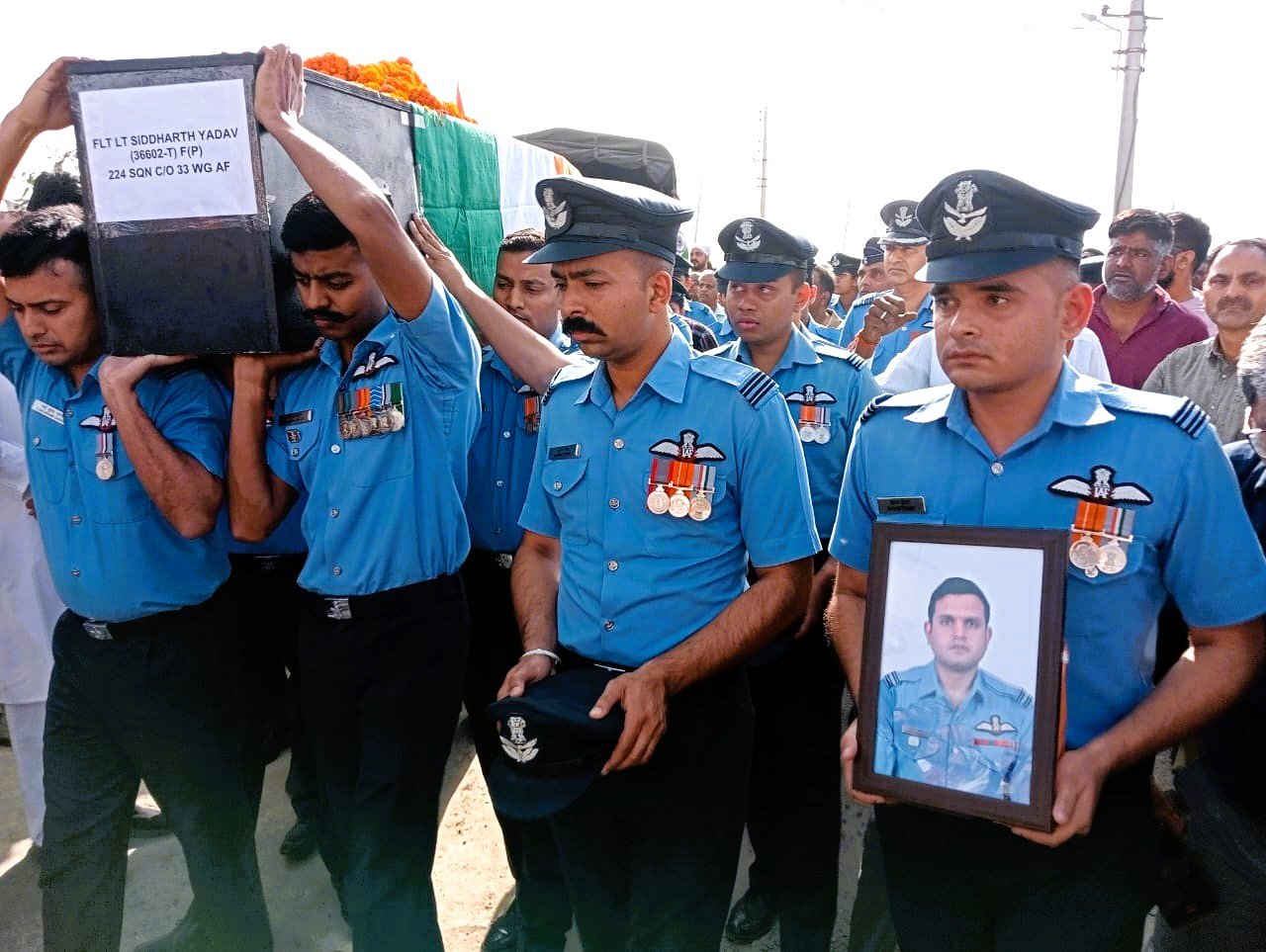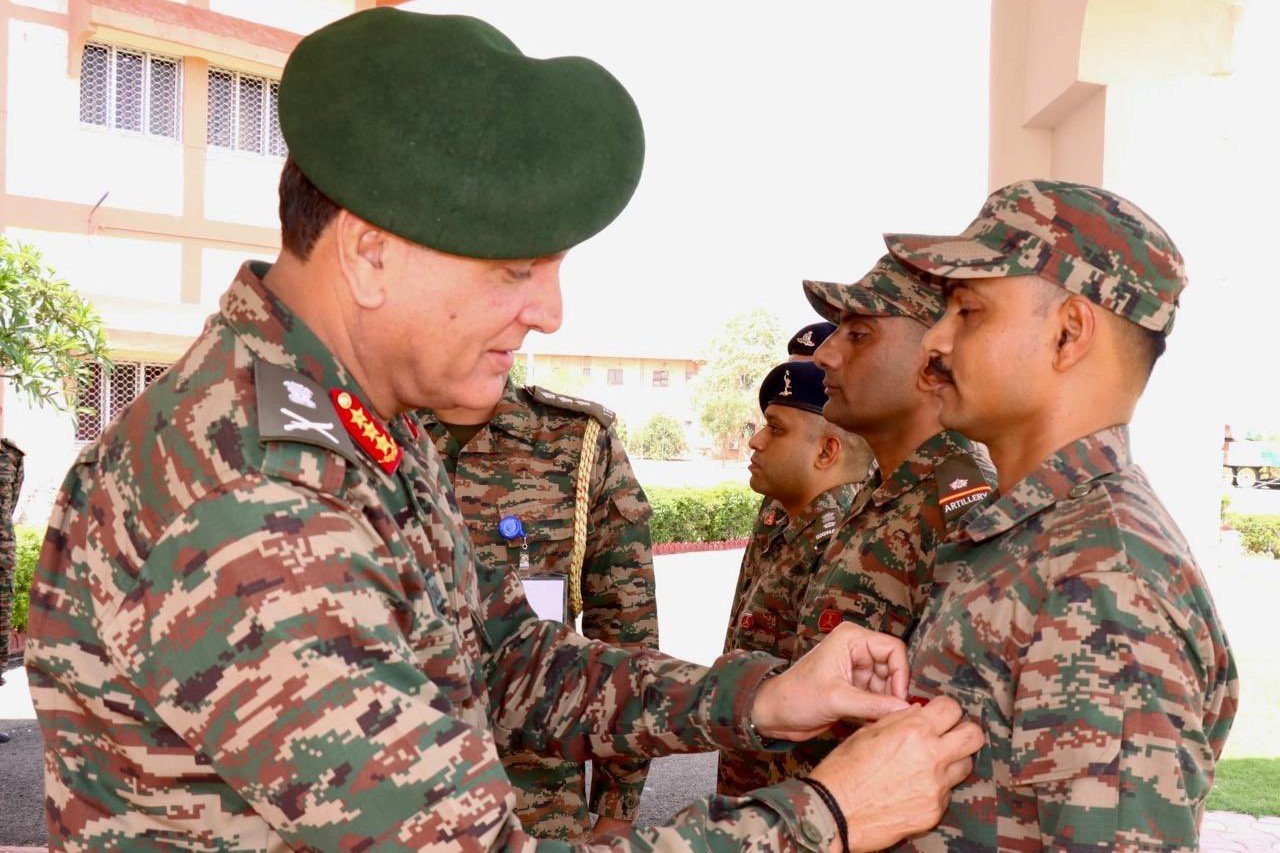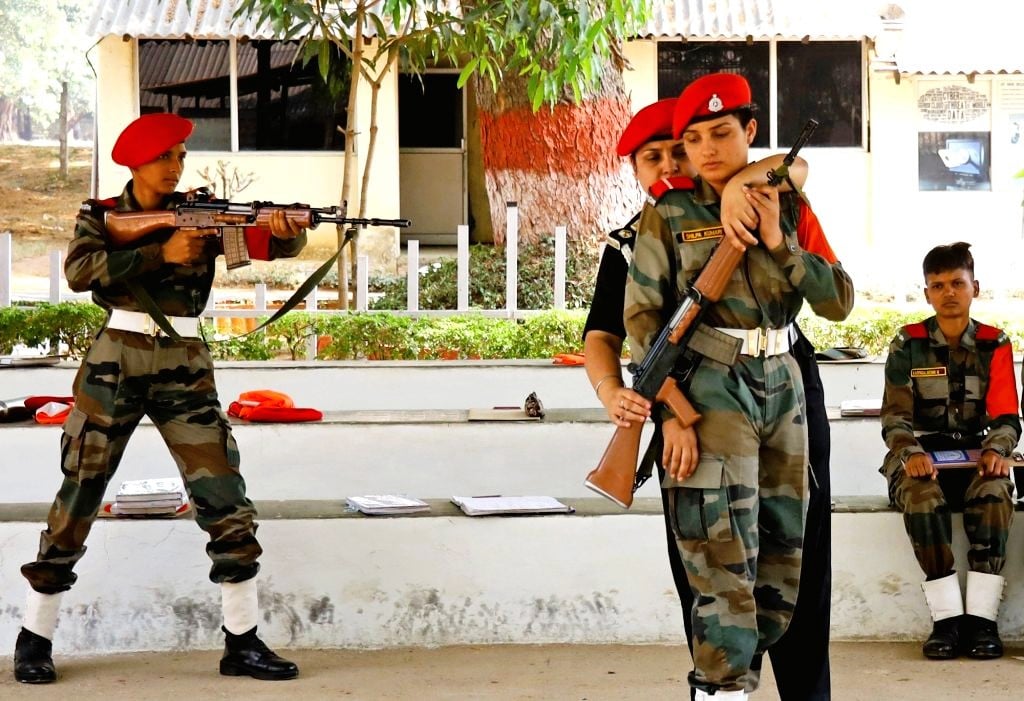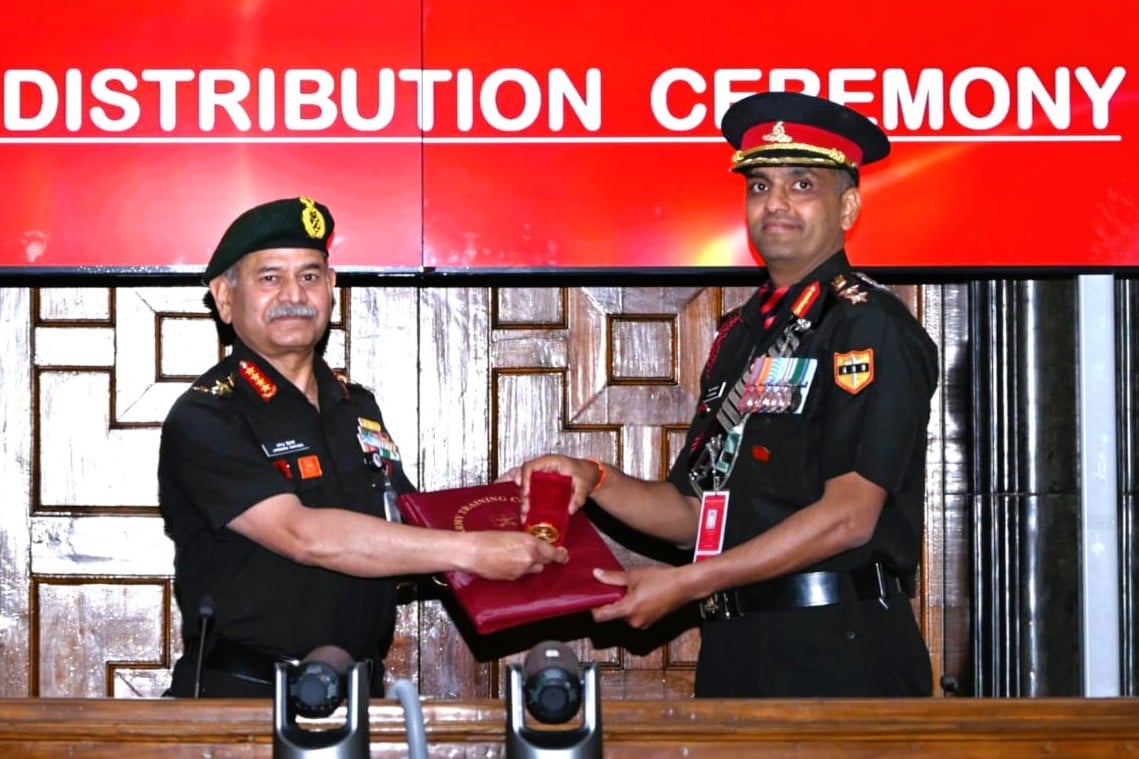With celebrations of the golden jubilee of 1965 Indo-Pak war nearing to conclude, many recalled the might of on-foot Indian soldiers, with no artillery backup and tanks at the battle of ‘Asal Uttar’.
‘Asal Uttar’ means befitting reply and Indian Army, tasked to defend that sleepy town in Punjab during the 1965 war, was eager to give Pakistan such a reply knowing little that they would take on the mighty Patton tanks in a battle that would be remembered in military history.
Asal Uttar was a battle where foot soldiers took on the Pattons that- America had so famously bragged – could not be destroyed by anything in the world. It was in this battle that CQMH Abdul Hamid brought laurels to his unit – destroying seven Pattons and earning the prestigious Param Vir Chakra.
Also in the battle was a now famous participant – a young Pakistani Lieutenant of artillery in the 16 (SP) Field Regiment, 1st Armoured Division Artillery – Pervez Musharraf- who went on to become Army Chief of Staff and later President of Pakistan.
The second Indo-Pak war was witness to the largest tank battle in military history between World War II and 1965 with close to 1,000 tanks from both sides having taken part in the deadly offensive. One of the most fascinating war trophies of the Battle of Asal Uttar was battered and abandoned enemy tanks lined up by the Indian army in village Bhikiwind of Khem Karan.
Squadron Commander Major General Bhupinder Singh, severely burned in the Cobra missile attack on his tank, had tears in his eyes when the then Prime Minister Lal Bahadur Shastri went to see him. Touched, when the PM told the dying soldier that tears did not become a soldier like him, Maj. Gen. Singh replied “Sir, I am not pained because of any injury. I am anguished that a soldier is not being able to salute his Prime Minister”.
The 1965 war has rightly been called people’s war. Many bravehearts of this war were not soldiers in uniform. They were the people of Punjab. Young farmers would crawl right up to the soldiers through the enemy shelling, bringing humble yet priceless offerings of food, roti and sabji wrapped in old muslin, steel buckets spilling over with buttermilk, rich kheer in tiffin boxes.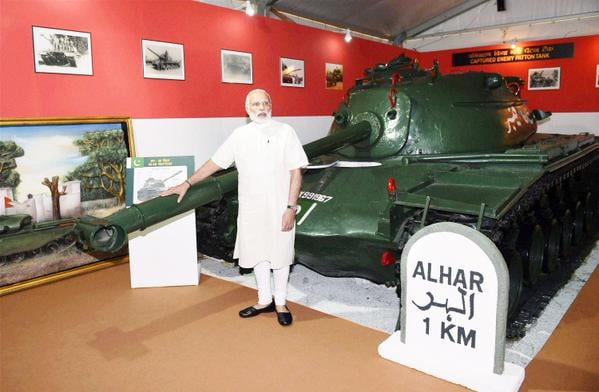
There was a lot of unhappiness over the fact that hard-won territories had to be returned and the sacrifice of the Indian soldiers had been in vain. It is believed that India lost in Tashkent what it had gained during the war. The Indian army suffered 11,479 casualties in the 1965 war (including ceasefire violations) with 2862 killed and 8617 wounded. According to Indian records 5800 Pakistanis were killed.
Pakistani territory occupied by India during the war was approximately 1920 sq. km while Pakistan occupied about 540 sq. km of Indian territory. India got back lost territories in Khem Karan and Chamb but had to return Thithwal, Haji Pir and Kargil which were strategic areas captured at the cost of many lives.
Source: TOI



